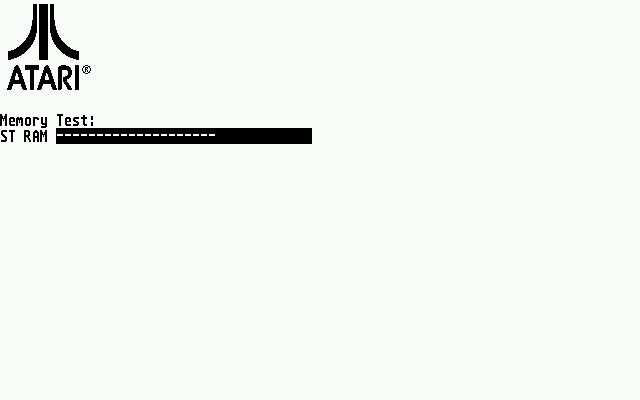The Past Gets Futuristic Again: Atari STeem and Dr.T's KCS
The Past Gets Futuristic Again: Atari STeem and Dr.T's KCS
Here we explore the nebulous place where the cutting edge meets low-tech minimalism.
In 1987, the Atari 1040 hit the market, sporting an 8mhz processor and a then unheard-of 4 megabytes of RAM. Its integrated MIDI ports made it a contender against the other popular music computer of the time, the Commodore 64, and the operating system (called TOS, which stands for... The Operating System) was so microscopically small that it fit onto a single chip, making a hard drive optional. Much of the MIDI software written for this no-frills skeleton of a system followed suit, offering stark, eye-gouging interfaces that were packed with cryptic but highly efficient functions often hidden in plain sight. Of these, C-Lab's Notator software reigned supreme, offering an amazing array of MIDI editing the likes of which I have never seen anywhere else.
My 1040ste unit has seen some hard times over the years of daily use. I've repaired it many times, gone through two monitors, and given it more than its fair share of pounding and overheating. Thankfully, the engineers at Atari were bright enough to encase most of the unit's internal components under removable metal shells. Nothing lasts forever, though, and each passing day of suspiciously flawless performance makes me wonder: how long will this machine last? It's nearly as old as I am, and replacement parts are hard to come by. If WHEN it bites the dust, the heart of my studio will be ripped out. So, I went searching for a modern solution.
Of the of Atari emulators I tested on my laptop (an HP Pavillion) the best was Atari STeem. Not only does it faithfully emulate any of the 1040 series, the software can also run much, much faster than the hardware unit, allowing virtual overclocking and RAM expansion up to an otherwise impossible 14mb. Unfortunately, the program also brings some stability issues to the table that were never present in the hardware unit, but with modest performance settings this are easily managed. Unfortunately, C-Lab Notator cannot run under STeem, because nobody has managed to emulate Notator's hardware lock. Consensus among Atari MIDI buffs says that it could theoretically be done, but it would technically be illegal, and also heinously difficult. As I am no Atari guru, I went in search of another solution to my MIDI needs.
The answer came in the form of Dr. Emile Tobenfeld's KCS Omega II software, a visionary MIDI editing suite completely unlike any other I have ever seen. The last official release was in 1993, but the software is easily had online at Tim's Atari Midi World. It is, as the documentation states a combination of several midi programs that work together under a multitasking environment called the Multi Program Environment, or MPE. Packed inside are programs like the Programmable Variation Generator, the TIGER graphical editor, a MIDI automation mixer, song mode, and a score editor. Each of these is complex and can be used as a program of its own, or in concert with the other programs. The main attraction for me is the Keyboard Controlled Sequencer for which the program is named. It runs in two modes, Open mode and Track mode. In Track mode, the program offers 48 MIDI tracks controlled with tape-style transport controls and a host of editing functions. Open mode allows the user to independently loop and playback 128 separate sequences via keyboard-mapped MIDI phrases, for a kind of live, hands-on approach to MIDI composition one might not expect from such an old program. That's right, it's an Atari sequencer that can be used live, quite possibly to great effect. Both modes offer extremely in-depth programming and a few unexpected functions.
Even better, STeem's MIDI faculties handled information to and from my MOTU Fastlane USB/MIDI box without any latency issues. In fact, setting up MIDI under STeem was far easier than under Reason, Cubase, Adobe Audition or any of the other modern software I use. The clock is solid and the stability is absolutely amazing, especially considering that Windows Vista can't get that kind of stability out of any other program. The KCS software's learning curve is somewhat steep, and could potentially throw off the modern user who has been spoiled by dumbed-down functionality and slick graphical interfaces. It is greatly worth learning, however, because the depth of MIDI programming capability offered by KCS is astounding.
1 comment:
There's a brand new website called the Atari Music Network which supports the Atari platform as a contemporary digital music tool. Check it out!
http://www.atarimusic.net
Post a Comment